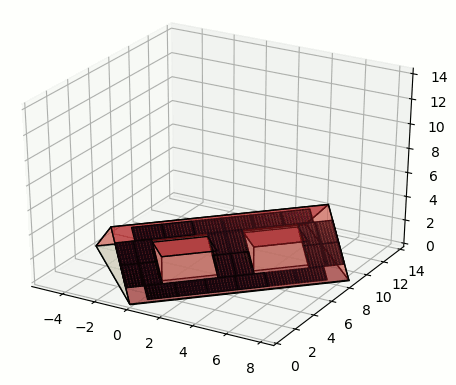If you want to use the built-in PV models of e+, then using e+'s own irradiance model should be fine to use, because there is a good match between what the e+ irradiance model provides as output (one irradiance value per surface per timestep) and what e+'s PV model requires as input (mean irradiance on the module surface per timestep).
I think it only makes sense to couple Radiance with e+ for calculating irradiance on PV, if the PV system model itself has a higher level of detail than what e+ has (e.g. it is a cell-level model of a PV system like this). Then the approach can be, that you have the e+ geometry, and you can use that to generate the input geometry for the Radiance simulation, which is then used with the high-detail (non-e+) PV simulation to get the power output results. Note, that this is not real coupling of simulations, because after exporting the e+ geometry to Radiance there is no exchange of information between the e+ and irradiance-PV models anymore. They just run in parallel.
If you are interested in this approach, it is still work in progress but you can try Daypym, which is a python library developed to do this. It utilizes Geomeppy for e+ model geometry translation, generates sensor-points and runs DAYSIM (which uses Radiance) irradiance simulations for PV. Se attached output of a simulation for a roof with PV:







